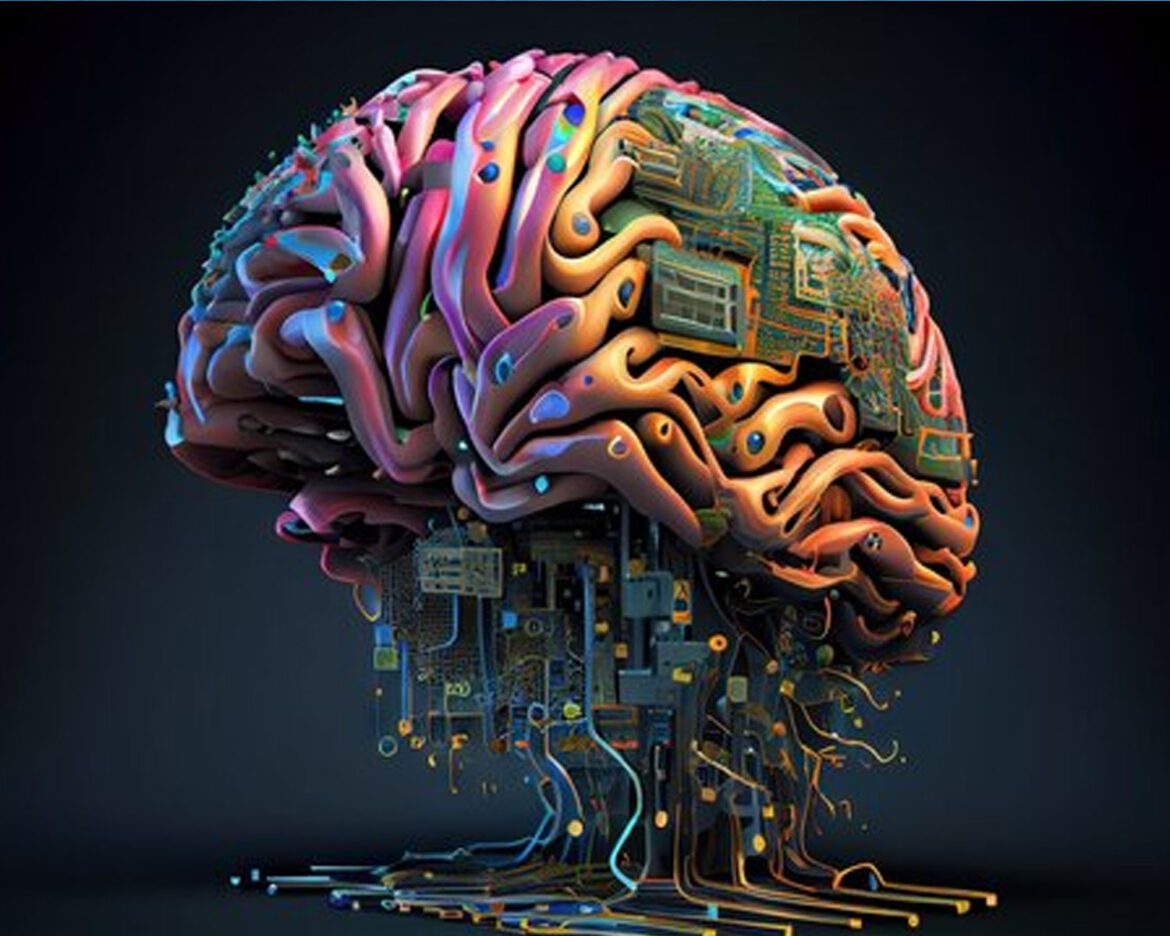In a stunning leap forward for robotics and neuroscience, Chinese scientists have introduced a revolutionary ‘Frankenstein’ robot melding a tiny human brain organoid with advanced computer technology. Termed as a ‘brain on a chip’, this cutting-edge creation aims to mimic complex human brain functions using AI algorithms.
Developed from stem cells, this robot marks a significant breakthrough in brain-computer interface technology, comparable to Elon Musk’s Neuralink initiative. The robot demonstrates remarkable abilities, including motor control, object manipulation, and obstacle navigation, all driven by its integrated AI.
Despite its promising capabilities, challenges such as achieving developmental maturity and ensuring adequate nutrient supply persist. While it holds immense potential for advancing neurological research, its ability to repair human brain tissue remains uncertain at this stage.
This landmark achievement follows Japan’s recent development of living skin for robots, underscoring the accelerating convergence of artificial intelligence with biological mimicry in robotics.
Stay tuned for further updates on this extraordinary fusion of human brain science and artificial intelligence.



